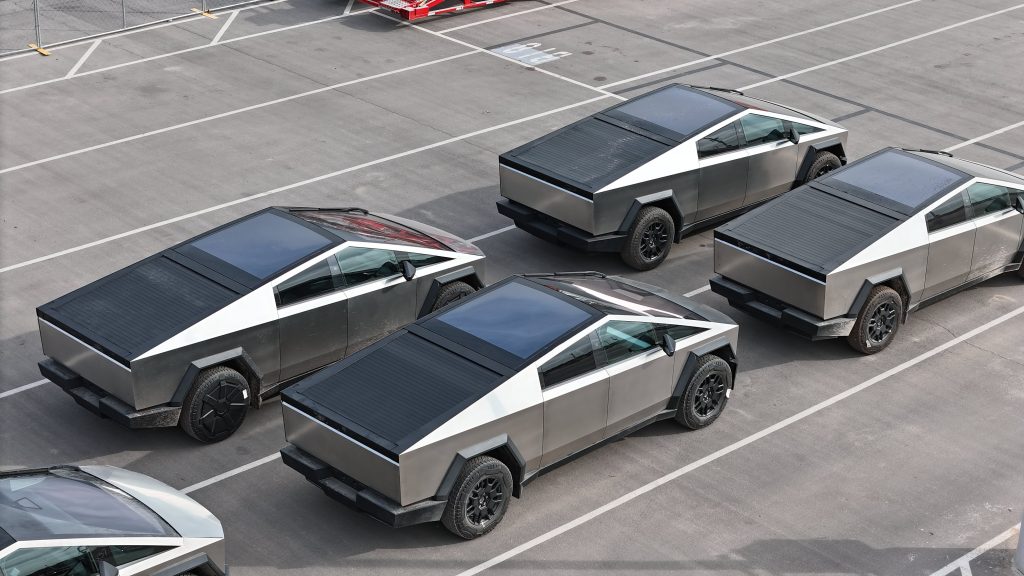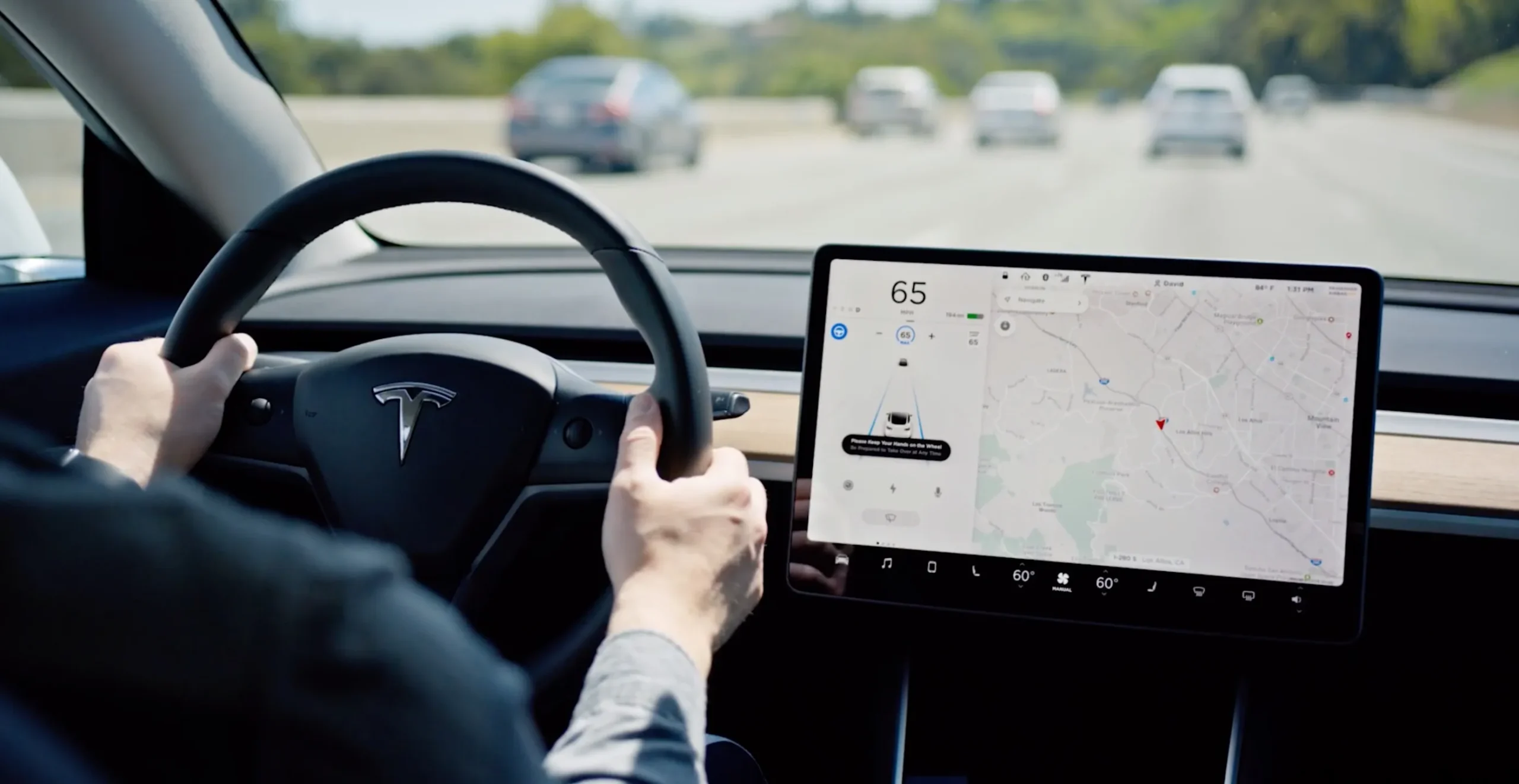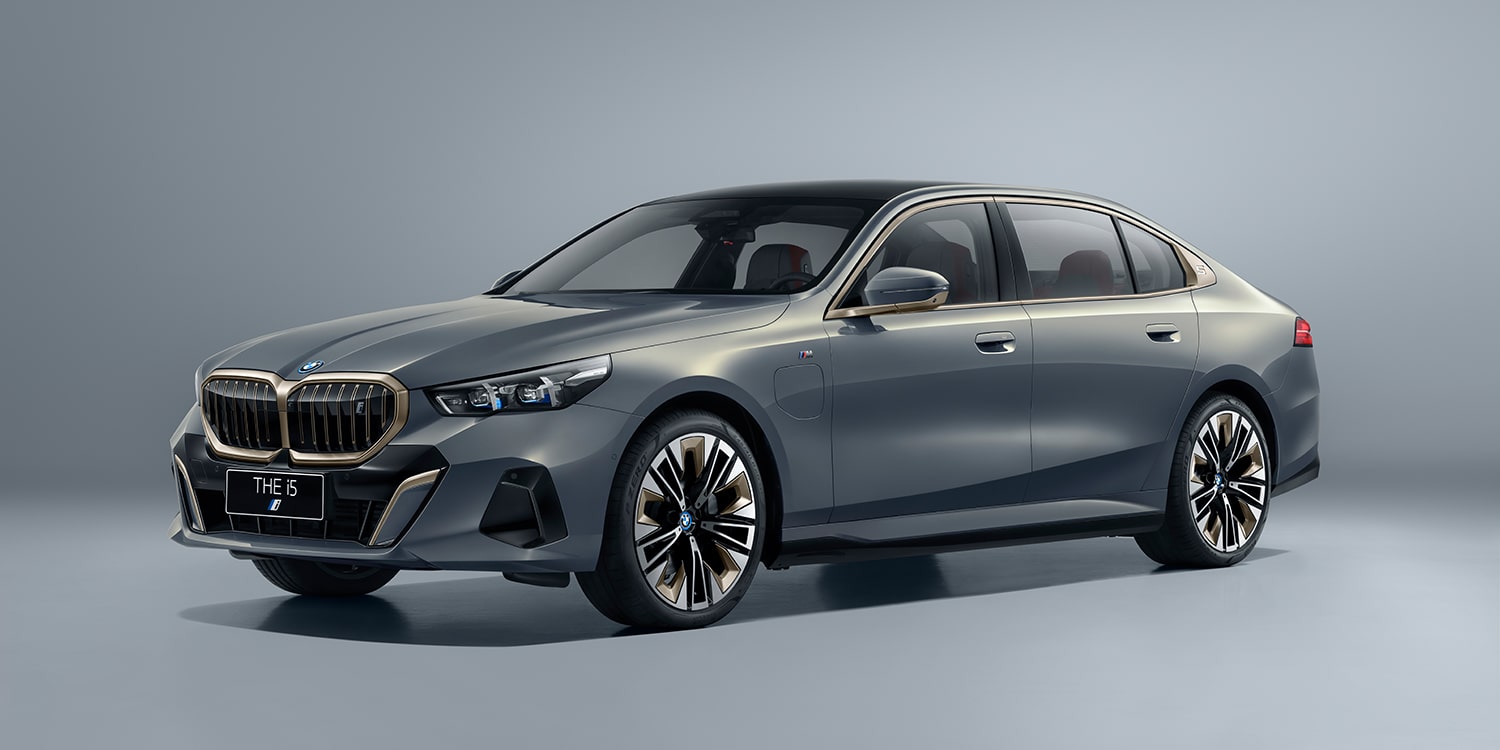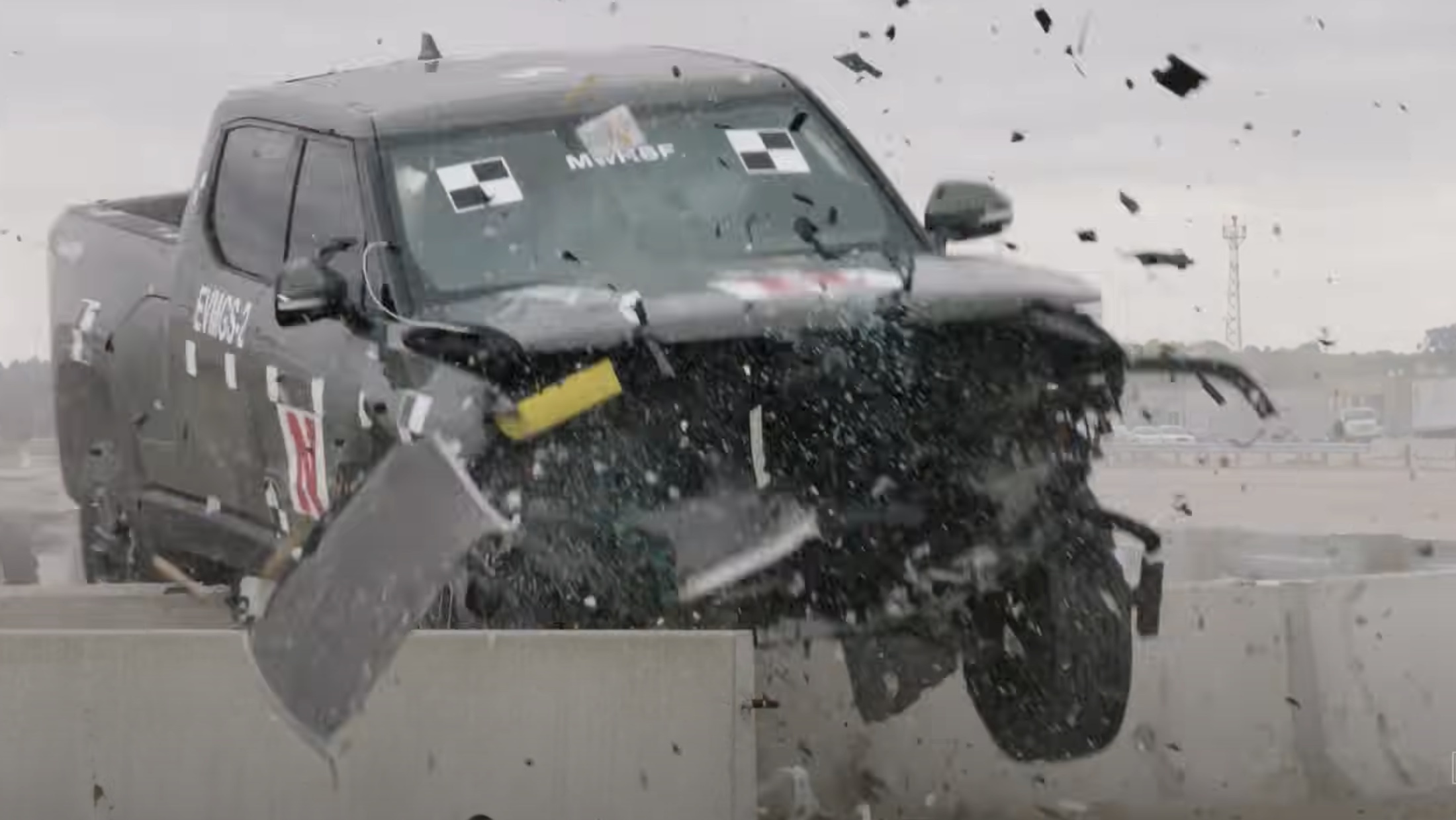The Tesla Cybertruck is notably absent from the National Highway Traffic Safety Administration’s (NHTSA) 2024 crash-test list, raising questions about the electric pickup’s crashworthiness evaluation. Due to the Cybertruck’s late delivery event, it missed inclusion in the NHTSA’s initial list, and uncertainties persist regarding whether it will undergo official safety testing.
The NHTSA’s list covers approximately 86% of the new vehicle fleet, focusing on widely adopted models like the Cadillac Lyriq, Ford Bronco, and Jeep Wrangler. The agency prioritizes testing vehicles that constitute a significant portion of the market.
Tesla conducted its own crash testing, ensuring compliance with Federal Motor Vehicle Safety Standards, leading to preliminary safety ratings. However, the NHTSA has clarified that official ratings will only be assigned after direct testing by the agency, with no specified timeline for the evaluation.
Moreover, the Insurance Institute for Highway Safety (IIHS) is uncertain about evaluating the Cybertruck’s crashworthiness. The IIHS media relations director, Joe Young, stated that the decision hinges on assessing “the level of general consumer interest in the vehicle.” If the Cybertruck garners widespread adoption, it is more likely to undergo official crash tests.
Tesla’s CEO, Elon Musk, has expressed confidence in the Cybertruck’s safety, asserting that it will be “safer per mile than other trucks” for both occupants and pedestrians. Despite this, concerns linger, particularly regarding the distinctive design features such as the sharp nose, leading to questions about potential risks in pedestrian accidents.
As the fate of the Cybertruck’s crash testing remains uncertain, Tesla’s adherence to Federal Motor Vehicle Safety Standards is emphasized, allowing the electric pickup to legally operate on the roads. The debate over whether the Cybertruck will undergo official safety assessments reflects the evolving landscape of electric vehicle safety standards.






